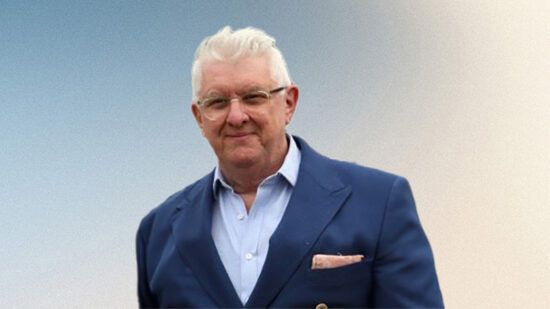There’s a considerable gap between how often people invest in sustainability and how highly people rate the importance of investing in sustainability — which begs the question, are advisers asking the wrong questions?
Recent research from Morningstar suggests there are plenty more sustainable investors out there waiting to be brought into the fold. In our research with nearly 1,000 participants, among those who aren’t currently engaging in sustainable investing, 29% believe company-level ESG policies should be an important factor when selecting investments.
However, it isn’t just a matter of identifying interested clients, but of removing whatever obstacle is keeping them from investing.
Financial professionals must be able to effectively introduce and talk about sustainable investing with clients. Admittedly, this is no easy task, as sustainable investing is multidimensional, has novel nomenclature and lacks industry-level consensus around its core features.
Every client is also different, so there may not be a one-size-fits-all solution to closing the gap in sustainable investing. However, research points to a few questions advisers can ask to gauge interest and understanding of sustainable investing.
Ask clients what topics are important and what worries them
Investors are expressing concerns more often in the decisions they make — in other words, focusing on the systemic impacts of their decisions — which could be consumer choices, career decisions, or location and lifestyle choices.
Sustainable investing is an umbrella term, and different aspects may be of interest to different investors.
For example, sustainable investing can mean applying exclusions, limiting ESG risk to potentially improve investment outcomes, targeting sustainability themes or participating in active ownership to prioritize sustainable outcomes.
Regardless of whether an investor is specifically concerned about the impact of climate change on a company’s financial viability, eliminating manufacturers of guns and cigarettes from an existing portfolio, or emphasizing companies that facilitate sustainable environmental practice, there are a myriad of options investors may not be aware of.
This is where an adviser can play a role in identifying an investor’s interest to then help guide them into a strategy that aligns with those interests.
Ask if they know sustainable investing is an option
Those in the finance industry may forget that sustainable investing is a foreign topic for many individual investors. There may be some investors who are passionate about adhering to sustainable habits in their everyday lives but don’t know there are sustainable investing options open to them.
Investors may not be aware that by applying a sustainability lens to their investments, they can potentially both improve their investment outcomes and the world.
For these clients, the intervention is simple: Present them with a few sustainable investing options that can fit into their financial plan.
Ask why they are hesitant to invest
If an investor is familiar with sustainable investing and hesitation is what is keeping them on the sidelines, identify why a person is reluctant to invest.
This could be because a variety of factors, but research shows that it is likely one of two reasons: including ESG factors seems too difficult or they’re procrastinating.
If an investor is procrastinating, simply turn the decision into an action, which research shows helps individuals accomplish a task. Ask your client to schedule a meeting with themselves for when they will consider adding sustainable investing aspects to their portfolio. Then give them a due date and let them know that during the next quarterly check-in, you will discuss sustainable investing opportunities in more detail.
However, if an investor believes sustainable investment inclusion will be too difficult, it could be because of the complexity of sustainable investing — a persistent problem in the space.
The sustainable investing landscape is still in its infancy compared with other types of investing. In many ways, there is still a lack of high-quality, consistent data. There’s also a lack of consensus over terminology. And the space consists of a range of approaches that have been evolving over the past decade as asset managers and wealth managers adapt them to existing investment processes.
These developments have evolved largely without regulatory guidance in most of the world, including the US. As a result, investors have been left mostly on their own to figure out the many facets of sustainable investing.
Although it’s an umbrella term that encompasses many options, advisers can help shed light on the fact that sustainable investing is investing with the same goal of delivering competitive financial results, while also driving positive environmental, social and corporate governance outcomes.
Help guide your clients to trusted resources to get them started when they are doing their own research into sustainable investing.
The bottom line is that sustainable investing is a long-term game, and the majority of investors won’t be converted overnight. It will require research, counsel, guidance and plain-spoken terminology that relates to an investor’s preference.
Samantha Lamas is a behavioral researcher at Morningstar Investment Services.
This article first appeared in InvestmentNews.








